Nach Objektiven, Artikeln und Hilfe suchen
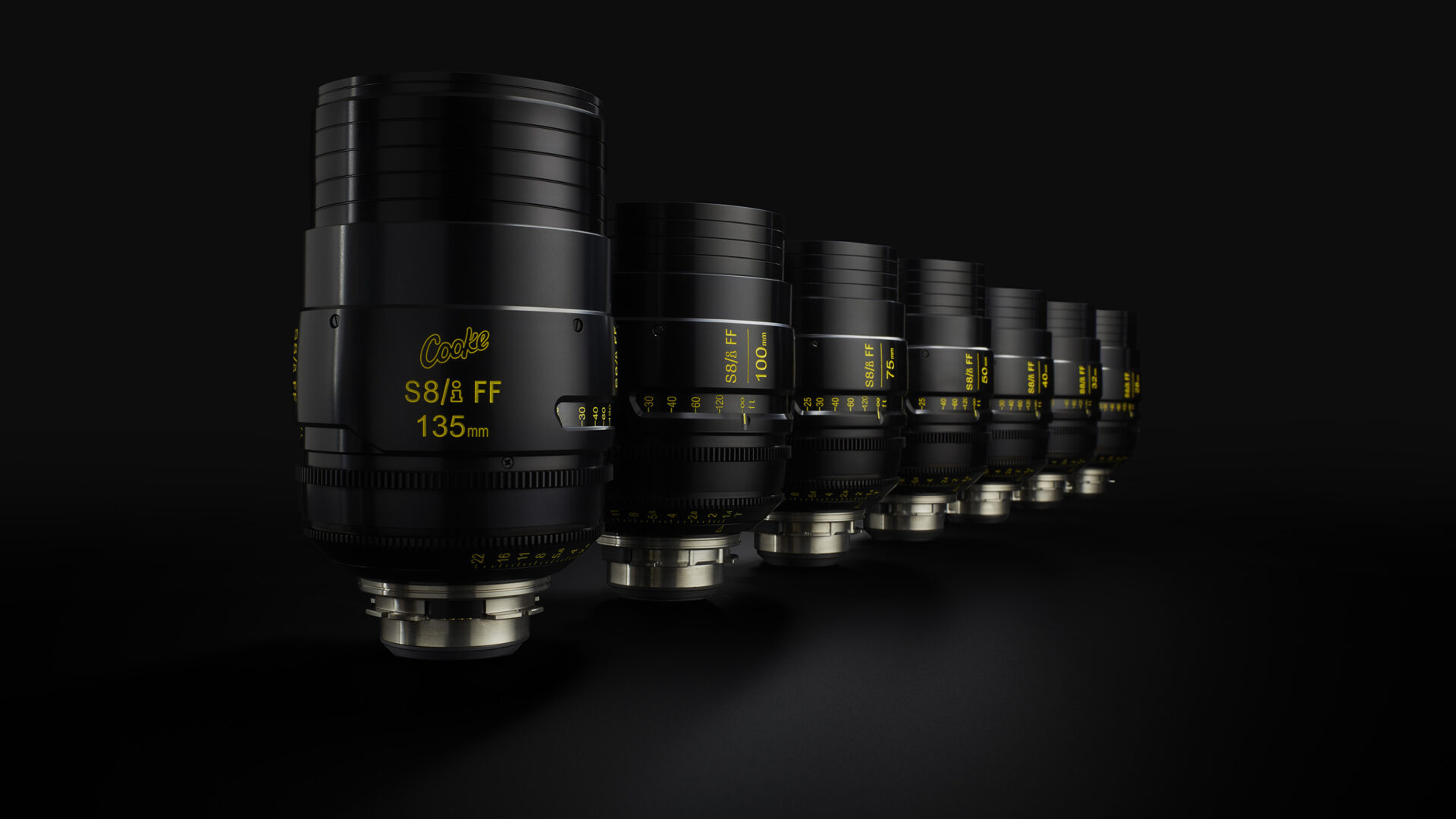
In the evolving landscape of cinematography, the delicate interplay between technical capability and artistic expression continues to shape what we perceive as the cinematic look. At the heart of this evolution lies a fundamental tool: the lens. Here we explore how the S8/i FF lenses, with their exceptional maximum aperture of T1.4, are redefining creative possibilities and supporting the modern cinematographic aesthetic.
Unlike our eyes, which perceive the world in three dimensions with automatic focus adjustments, cameras capture two-dimensional images. Our human visual system naturally gravitates toward what’s sharp in an image, making focus an almost subliminal way to guide the audience’s eye. When a cinematographer chooses what to keep in focus and what to defocus, they’re making crucial storytelling decisions about what matters in that moment.
The control of focus isn’t automatic but rather a deliberate artistic choice made in collaboration between the director, cinematographer, and focus puller (1st AC). Focus can communicate intimacy when we’re close on a character’s face with the background melting away, or it can reveal context and relationships when multiple planes are kept sharp. It can isolate a detail that might otherwise be missed or expand to encompass an entire landscape.
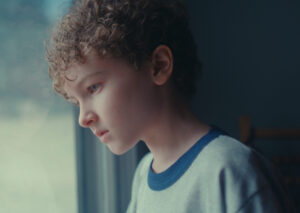
Character isolation in ‘Teacup’ (2024) shot by Isaac Bauman on Cooke S8/i FF
When a lens focuses on a specific distance, only objects on a single plane at that exact distance (parallel to the imager) are truly in perfect „critical focus.“ However, there exists a zone that extends in front of and behind this plane where objects appear acceptably sharp to our eyes – this zone is what we call „depth of field.“ Various factors which the cinematographer can influence affect this depth of field and there’s a hierarchy to these.
Focus distance is the most influential; the further away the critical focus plane is, the greater the depth of field becomes – focusing closer to the camera reduces depth of field. A larger aperture (lower T-stop number like T1.4) allows more light to pass through but results in shallower depth of field. A smaller aperture (higher number like T11) admits less light but increases depth of field. The focal length of a lens determines its field of view from a given camera position; if aperture and focus distance remain constant, a longer lens will produce a shallower depth of field than a wider lens.
The physical size of the camera’s sensor or film frame also affects perceived depth of field, though indirectly. To match the same framing when moving from a smaller format to a larger one, you must either use a longer focal length (decreasing depth of field) or move the camera closer (also decreasing depth of field). This is why large format cinematography, as facilitated by the S8/i FF lenses, offers such distinctive depth characteristics.
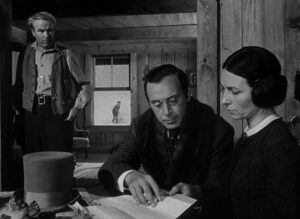
Deep focus work in ‘Ciziten Kane’ (1941) by cinematographer Gregg Toland ASC on Cooke Speed Panchro Lenses
To understand the significance of the S8/i FF’s capabilities, we can consider how depth of field trends have evolved over time. From Gregg Toland’s pioneering deep focus work in „Citizen Kane“ to what many consider the „peak“ of celluloid cinema, certain technical constraints influenced creative choices in significant ways.
Even with Kodak’s Plus-X black and white stock, which was introduced in 1938 and rated at 80ASA, achieving deep focus often required enormous amounts of light, making it a costly proposition. The lighting requirements for shooting at smaller apertures necessitated powerful arc lights, complex rigging, and often prevented the use of practical ceilings in sets (to allow for overhead lighting).
The advent of colour film allowed for a different style of lighting as contrast and separation could now also be created with colour separation. Initial colour stocks however were less sensitive, Eastmancolour Negative 5247 being 16 ASA and most colour films in the 1950s utilising 25ASA sensitivity stock. Compared to today’s digital sensors that commonly start at 800 ISO – shooting wide open was frequently a necessity rather than an artistic choice.
There is a perception that older colour films had deep focus, but many were actually shot at close to wide-open apertures such as f/2.8 especially when films began to move away from shooting solely in a studio and including more location work. What makes them seem deep focus is the general preference for wide and medium shots over close-ups. The lack of extremely tight framing created an illusion of greater depth.
The sensitivity of film stocks continued to increase with Kodak’s Vision3 series offering up to 500ASA sensitivity in a tungsten balanced stock and 250ASA sensitivity in a daylight balanced one. But whilst this was happening so too was the uprising of digital capture which would become ever more prominent.
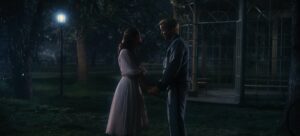
Even ‘The Sound of Music’ (1965) shot on 50ASA 65mm film exhibited depth of field with a preference for mid shots and matte paintings shortening the actual depth of some settings. Cinematography by Ted McCord ASC on Cooke Lenses
At the dawn of digital cinematography early sensors produced images that many described as „sterile“ or „clinical“ compared to film. Cinematographers began seeking ways to soften this digital hardness, often turning to older and vintage lenses shot wide open.
As Cooke’s Chief Technology Advisor Iain Neil noted in his Gordon E. Sawyer speech: „The trouble with taking an old film lens and putting it on a digital camera is that the picture doesn’t look very good. It certainly doesn’t look like film.“ Paradoxically, the technical imperfections of these lenses when used wide open – what Neil called „mushing up the image“ – became desirable attributes that helped digital footage feel more organic.
This search for the „film look“ coincided with another significant shift: the introduction of DSLRs with large sensors and the sudden accessibility of shallow depth of field to a generation of filmmakers who had previously worked with smaller video formats that couldn’t achieve such narrow focus. The pendulum swung dramatically, with extremely shallow depth of field becoming almost synonymous with the „cinematic look“ for a new generation.
A cultural perception developed:

‘House’ Season 6 Finale ‘Help Me’ (2010) shot on Canon 5D MkII DSLR cameras. A groundbreaking move at the time. Cinematography by Gale Tattersall
The S8/i FF lenses boast what we might call a „Supercharged T-Stop“ – with a maximum aperture of T1.4, they rank among the fastest lenses produced for large format capture. This extraordinary speed opens up a wealth of creative possibilities, particularly around depth of field and low-light shooting. What makes the S8/i FF truly revolutionary isn’t just the wide aperture itself – it’s the exceptional performance across the entire aperture range. The lens delivers a balanced approach to sharpness and smooth focus fall-off, creating clear subjects against smoothly rendered backgrounds. This separation generates a greater sense of depth in what is essentially, once captured, a two-dimensional image.
Even more remarkably, while the depth of field can be extremely narrow when shooting wide open, the transition is forgiving – rolling through focus rather than abruptly „snapping“ between in-focus and out-of-focus areas. This natural, organic transition is what cinematographers have long sought but rarely found in a lens that performs consistently at every aperture.
Unlike many vintage lenses where shooting at maximum aperture introduces technical compromises (chromatic aberration, spherical aberration or edge softness), the S8/i FF maintains exceptional image quality even at T1.4. This means that depth of field becomes a purely creative choice rather than inducing technical compromises; cinematographers can use the narrow depth of field aesthetically without worrying about image degradation.
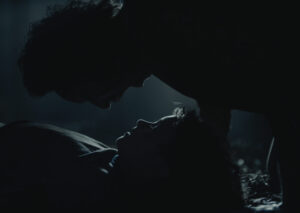
Low light shooting in ‘Teacup’ (2024) shot by Isaac Bauman on Cooke S8/i FF
What makes the S8/i FF’s approach to focus particularly sophisticated is its understanding of how we perceive sharpness and depth. Several factors beyond the physical depth of field influence how viewers interpret focus in an image:
Contrast and Perceived Sharpness – high contrast lighting will make an image appear to have less depth of field than low contrast lighting; Contrast enhances edge definition, making in-focus areas seem even sharper. The S8/i FF lenses leverage this perceptual phenomenon through their coating design. By raising contrast in the right frequency ranges, they enhance the perception of sharpness for fine details like eyelashes while maintaining a pleasing rendering of skin tones – achieving what seems paradoxical: being both sharp and gentle simultaneously.
Bokeh and Focus Transition – the aesthetic quality of the out-of-focus areas – known as „bokeh“ – significantly impacts how we perceive depth in an image. The S8/i FF’s elegant bokeh characteristics create pleasing out-of-focus areas that complement rather than distract from the subject.
Atmosphere and Diffusion – the presence of atmospheric elements like haze or fog – whether natural or added to a scene – alters our perception of depth by softening distant objects. Similarly, diffusion filters can increase perceived depth of field by subtly softening the overall image and making it more difficult to determine what is „acceptably“ sharp. The S8/i FF’s balanced optical design works harmoniously with these atmospheric elements, neither fighting against them nor being overwhelmed by them – allowing cinematographers to layer these effects for even more sophisticated depth control.
Beyond its aesthetic qualities, the S8/i FF addresses specific technical challenges presented by digital sensors. Film responds relatively well to off-axis light, and the photochemical processes that take place after exposing continues to even out lens illumination. Digital sensors, however, have physical depth to their photosites, causing them to respond poorly to light arriving at oblique angles – a problem that exacerbates natural lens falloff and vignetting.
The S8/i FF employs near-telecentric properties, guiding light rays into a more parallel path before they strike the digital sensor. This increases even illumination across the frame, particularly important for large format sensors where the distance from centre to edge is greater. Whilst even the best engineering can’t beat the physics of light falloff via the inverse square law the S8/i FF’s exhibit much more even illumination across the frame at wide open than other vintage options and from T2.8 and narrower the illumination changes from stop to stop are near imperceptible.
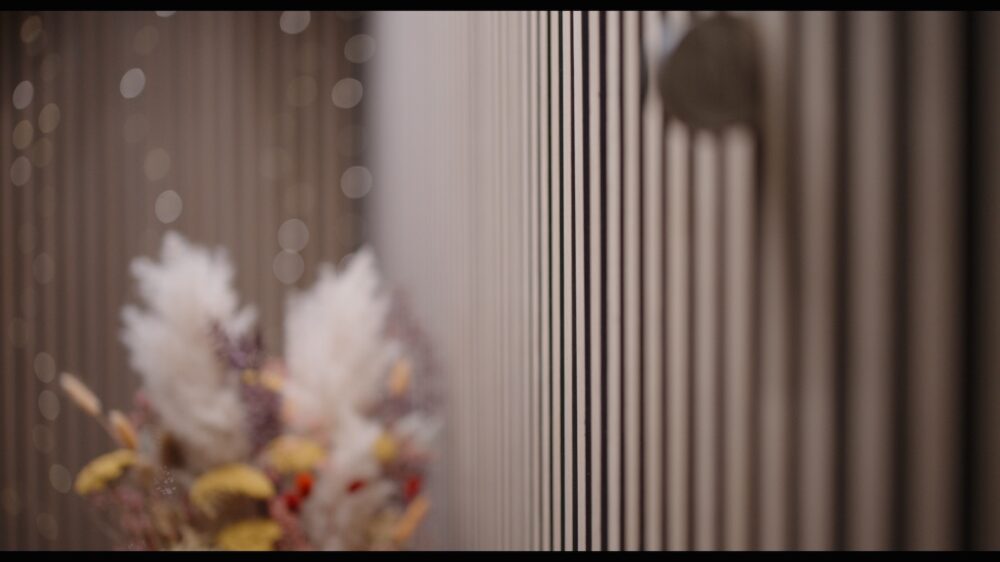
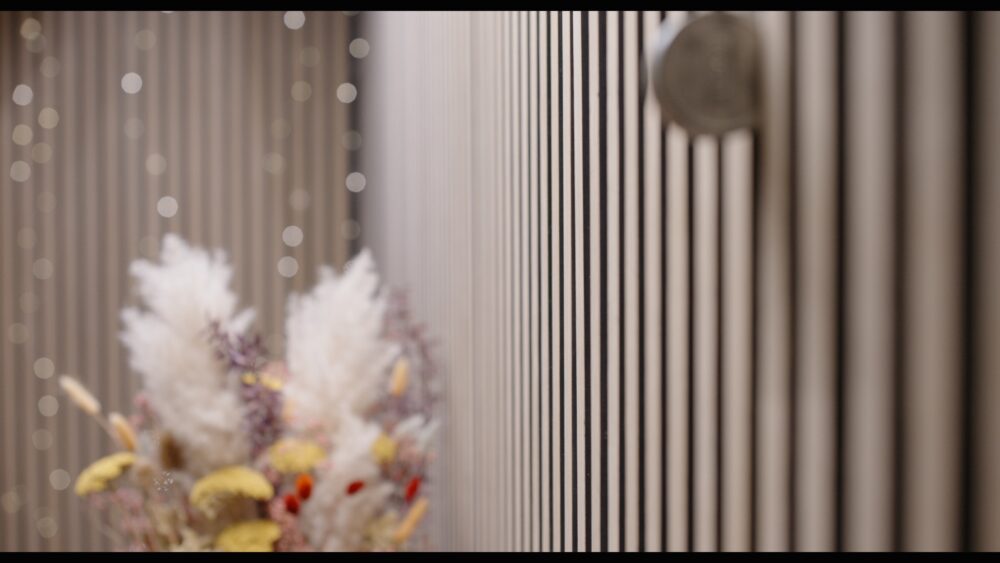
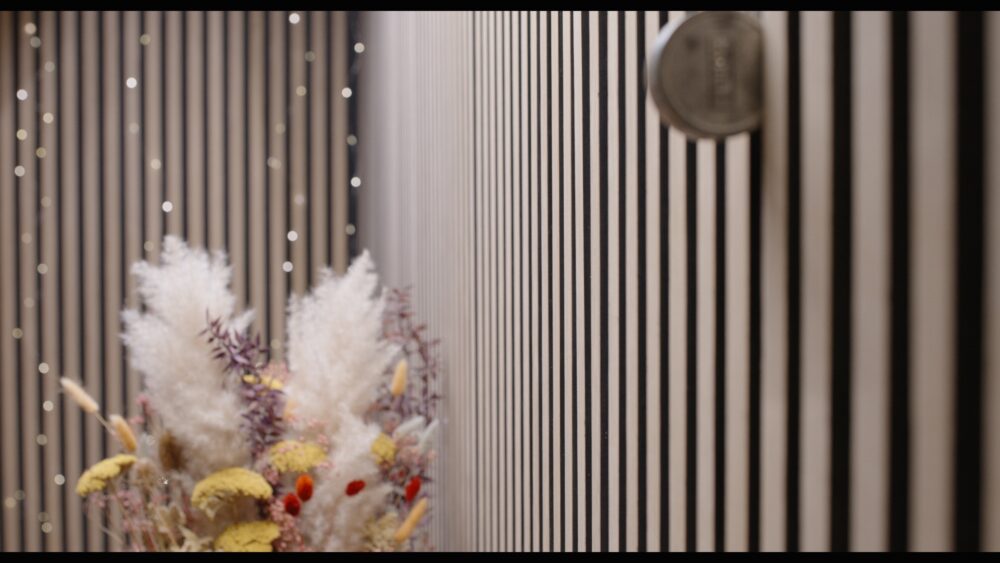
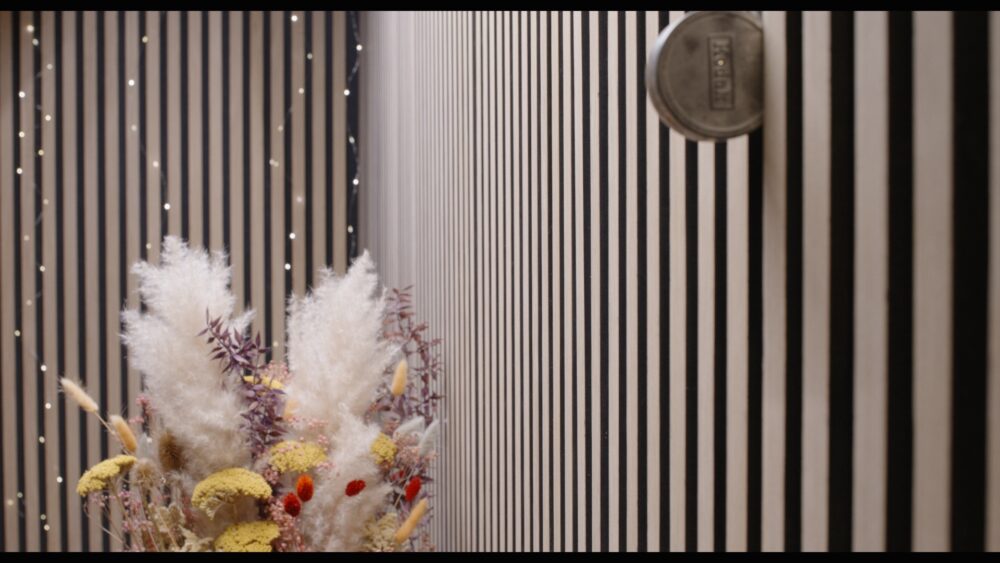
Additionally, the S8/i FF addresses another common issue that can be introduced with digital imaging: chromatic and spherical aberrations. Even lenses that performed well on film can exhibit these problems on digital systems due to the differences in how each medium captures light and the filter stack manufactures place in front of the sensor. The S8/i FF’s design specifically compensates for these digital-induced aberrations while maintaining that organic look cinematographers prize. In vintage lenses colour cast changes can be induced by altering the T-stop but with S8/i FF colours remain completely consistent from T1.4 to T22.
The lens also integrates /i Technology, which provides precise lens data to the camera and post-production systems. This is particularly valuable when shooting at T1.4, as it allows for accurate compensation of any remaining vignetting – making wide-open shooting even more practical for visual effects heavy productions.
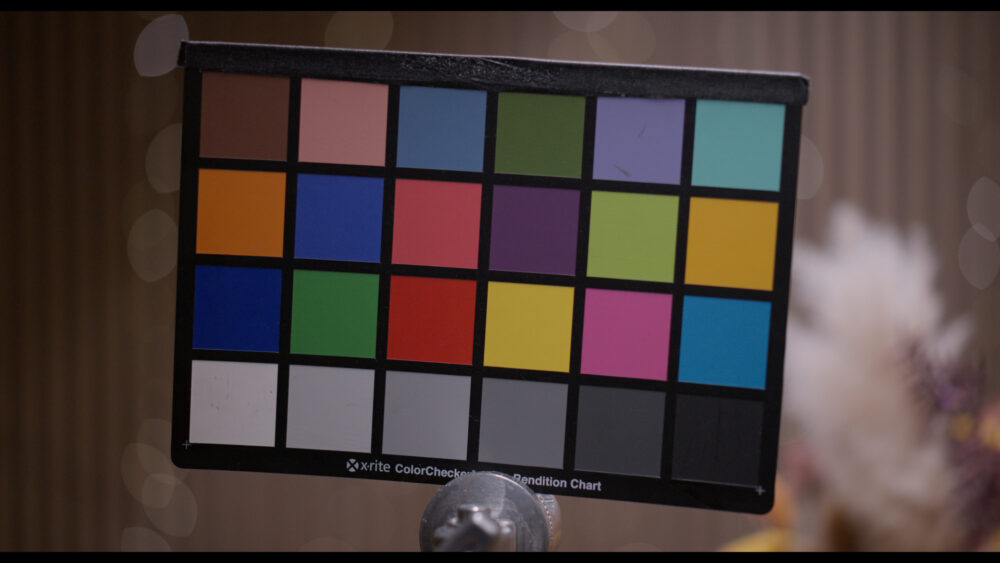
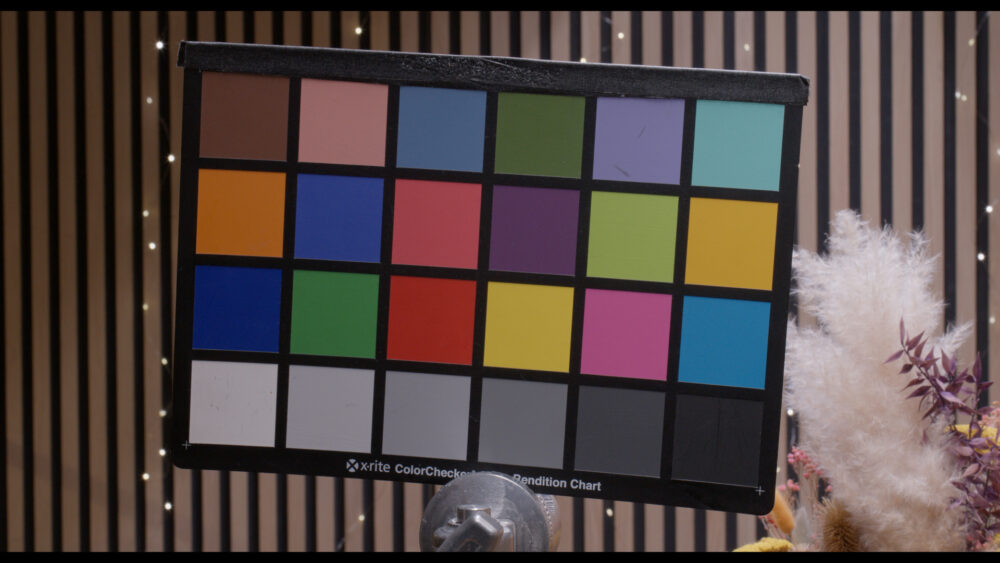
What ultimately sets the S8/i FF apart is its balanced approach. It doesn’t eliminate character in pursuit of technical perfection, nor does it sacrifice performance for distinctive flaws. Instead, it offers cinematographers a tool that can be pushed to extremes when desired but behaves predictably throughout its range.
Whether shooting wide open to isolate a subject dramatically or stopped down to give the audience more context, the lens delivers the same organic rendering – only the depth of field changes, not the fundamental character – a common issue with vintage lenses. The S8/i FF’s performance at both extremes of its aperture allows cinematographers to maintain a consistent look and employ depth of field for primarily creative reasons instead of as a technical requirement.
By combining the organic qualities that made film so beloved with the consistency and reliability demanded by modern production workflows, the S8/i FF isn’t just keeping pace with cinematographic trends – it’s helping to shape them, offering filmmakers new possibilities for visual storytelling in the digital age. In this way, the S8/i FF represents not just a technical achievement but a philosophical stance on what cinematography can be: a perfect balance of technical performance and artistic character, precision and emotion, clarity and mystery – the very tensions that have always made cinema such a compelling art form.
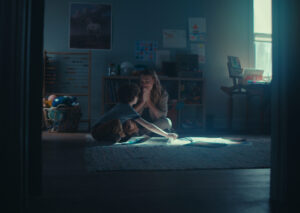
‘Teacup’ (2024) shot by Isaac Bauman on Cooke S8/i FF